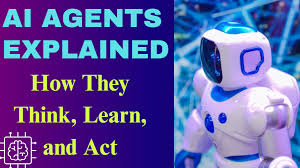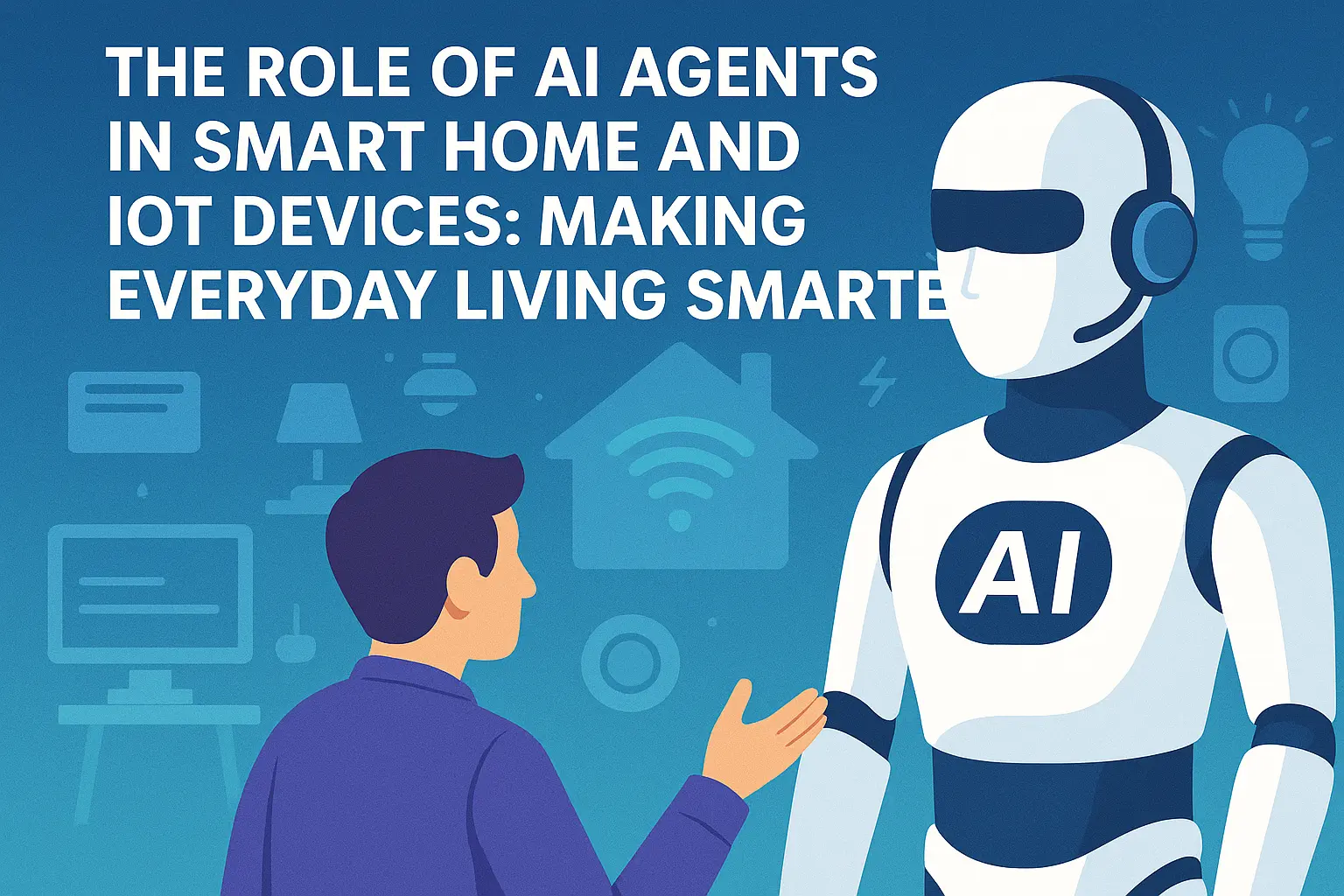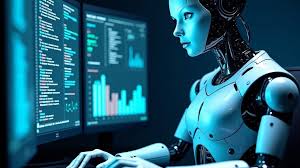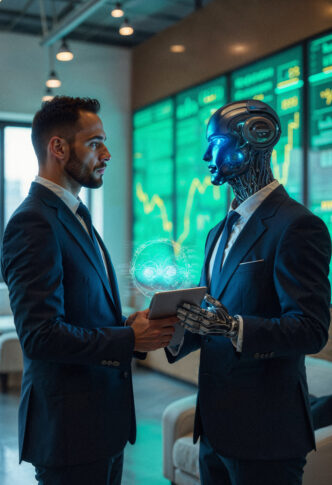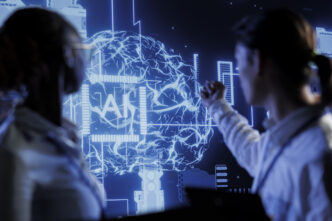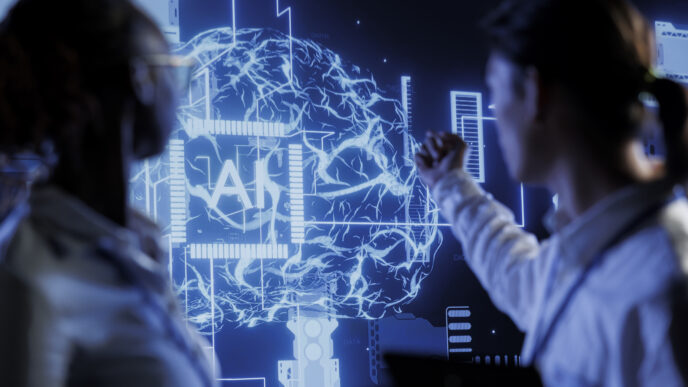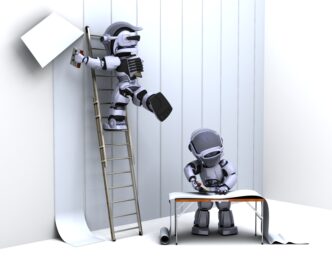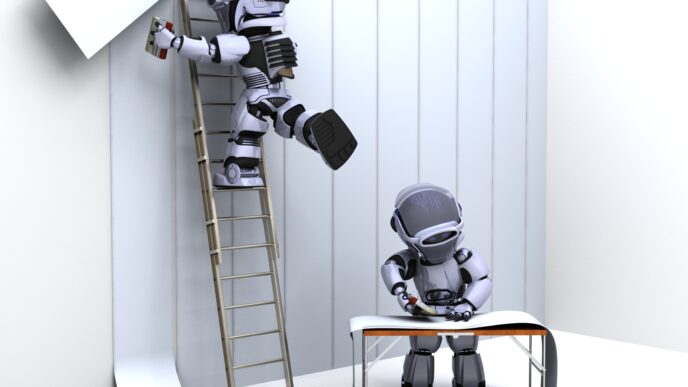Artificial Intelligence is rapidly transforming the way machines interact with the world—but behind this revolution lies a powerful building block: the AI agent.
From your smartphone assistant to self-driving cars and smart city infrastructure, AI agents are the decision-makers at the heart of today’s most advanced intelligent systems. But what exactly do they do, and why are they so essential?
In this blog, we’ll explore the role of AI agents in intelligent systems, how they operate, and why they’re shaping the future of automation and autonomy.
🤖 What Is an AI Agent?
At its core, an AI agent is a software or hardware system that:
- Perceives its environment through sensors
- Decides what to do using logic, rules, or learning
- Acts through actuators or outputs to influence its environment
An AI agent can be as simple as a thermostat or as complex as a humanoid robot.
🧠 The Role of AI Agents in Intelligent Systems
An intelligent system is any system that can sense, process, and respond to information in a smart, goal-oriented way. AI agents are what make these systems function intelligently.
Here’s how they contribute:
1. Perception and Understanding
AI agents collect and interpret real-time data from:
- Cameras, microphones, GPS (physical systems)
- Databases, APIs, websites (digital systems)
They convert this data into usable knowledge. For example:
- A chatbot agent processes natural language input from users.
- A smart car detects road signs and nearby vehicles.
2. Decision-Making
Once data is understood, the agent uses algorithms to choose the best action. Depending on the agent type, it might:
- Follow predefined rules (rule-based agent)
- Choose actions to maximize long-term goals (goal-based/utility-based)
- Learn from past experiences (learning agent)
This is the “brain” of the system, where logic meets intelligence.
3. Action and Execution
After choosing an action, the agent executes it:
- In software: sending responses, triggering notifications, updating databases
- In hardware: moving a robot arm, steering a car, adjusting a thermostat
This output is what makes the system interactive and useful.
🧭 Real-World Examples of AI Agents in Intelligent Systems
🏥 Healthcare
- AI agent in diagnostic tools analyzes symptoms and scans.
- Suggests likely diagnoses and recommends treatments.
🚗 Autonomous Vehicles
- Use AI agents to navigate, detect obstacles, follow traffic rules.
- These agents combine visual data, mapping, and predictive models.
🛒 E-commerce
- Intelligent systems recommend products using AI agents.
- Agents analyze user behavior, preferences, and trends in real time.
🌆 Smart Cities
- AI agents optimize traffic lights, manage energy use, detect anomalies in public safety systems.
🧠 Types of AI Agents in Intelligent Systems
- Simple Reflex Agents – React to current inputs (e.g., automatic doors)
- Model-Based Agents – Maintain internal states (e.g., smart assistants)
- Goal-Based Agents – Take action toward defined goals (e.g., navigation bots)
- Utility-Based Agents – Choose based on utility/value (e.g., recommendation engines)
- Learning Agents – Adapt and improve over time (e.g., self-improving robots)
🔮 Future of AI Agents in Intelligent Systems
AI agents are evolving to be:
- More autonomous (minimal human input)
- Collaborative (multi-agent systems)
- Emotion-aware (for personalized UX)
- Self-learning (adapt to unpredictable environments)
These developments are pushing intelligent systems into new industries, from agriculture to finance, and even space exploration.
✅ Final Thoughts
AI agents are not just components—they are the core intelligence inside today’s smart systems. Their ability to perceive, decide, and act enables machines to respond in real time, adapt to change, and make meaningful decisions.
As intelligent systems continue to grow in complexity and capability, AI agents will be at the forefront—driving the future of automation, interaction, and innovation.
